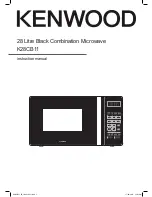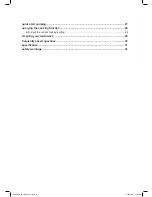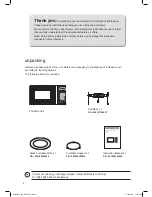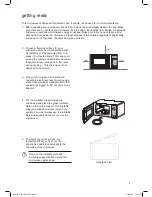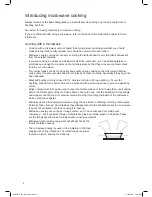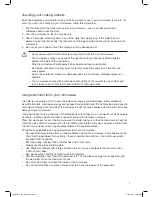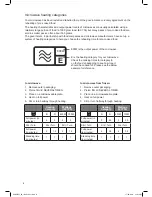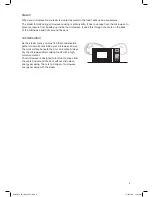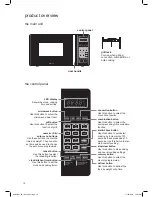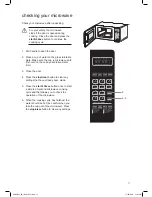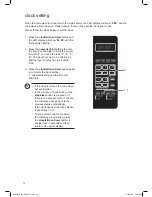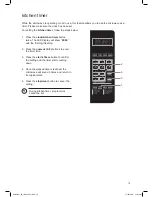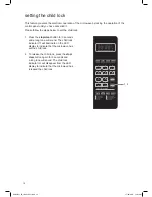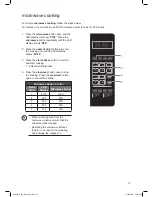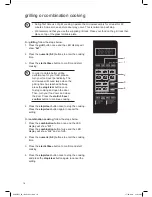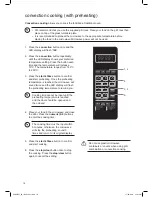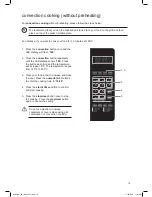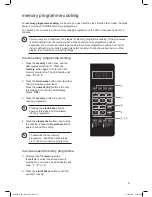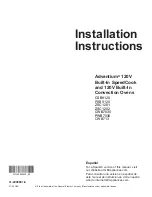
6
introducing microwave cooking
Always remember the basic safeguards you would follow when using any cooking equipment or
handling hot food.
See below for basic guidelines in microwave cooking.
If you are unfamiliar with using a microwave, refer to the back of this instruction booklet for more
information.
cooking with a microwave
•
Cooking with a microwave is much faster than conventional cooking and, whilst you should
make sure that food is fully cooked, you should be careful not to overcook it.
•
Microwave energy can heat unevenly so stirring to distribute heat is very important. Always stir
from the outside, inwards.
•
If you are cooking a number of individual foods at the same time, such as baked potatoes or
small cakes, arrange them evenly on the turntable plate so that they cook evenly. Never stack
food in your microwave.
•
Turn larger foods such as meat roasts and poultry during cooking so that the top and bottom
cook evenly. It is also recommended to turn pieces of meat or poultry, especially if they have not
been deboned.
•
Meat and poultry which is cooked for 15 minutes or more will brown lightly in it’s own fat.
Anything cooked for a shorter time can be brushed with a browning sauce to give an appetising
colour.
•
Strips of aluminium foil can be used to cover the thinner pieces of food to stop them overcooking
before the thicker parts of the food have had a chance to cook. Use the aluminium foil sparingly
and wrap around the food or container carefully to stop it touching the inside of the microwave
which could cause sparks.
•
Microwaves cook food using microwave energy that is similar to naturally occurring radio waves.
Normally, these “waves” would fade as they disappeared into the atmosphere but in a microwave
they are concentrated onto food causing it to heat up.
•
Microwave energy can not pass through metal – so it can not escape from inside your
microwave – but it can pass through materials like glass, porcelain, plastic, and paper. These
are the things used to make microwave-safe cooking equipment.
•
Microwave-safe cooking equipment will still get hot as the
food it contains heats up.
•
The microwave energy focuses on the moisture in the food
causing lots of tiny vibrations. The vibrations get so great
that the moisture, and the food heat up.
K28CB11_IB_final110217.indd 6
17/02/2011 11:01 AM

